1. Richie Havens Kicking Off the Festival with “Freedom”
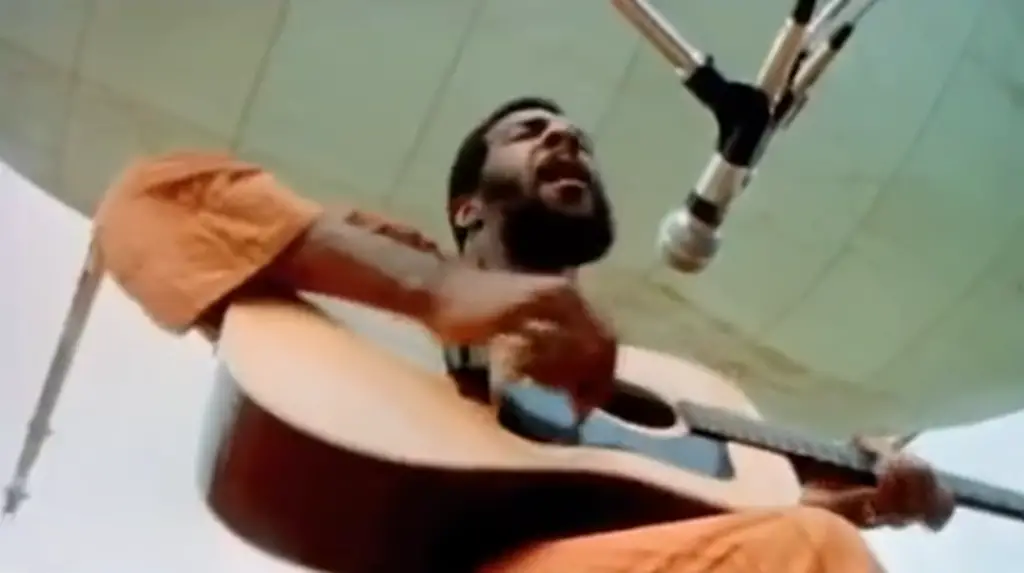
When Richie Havens took the stage to open Woodstock, he was told he’d need to play longer to fill time while other artists struggled to arrive due to traffic jams. With the pressure on, he improvised what would become one of the most iconic moments of the festival—an impassioned performance of “Freedom.” The song became an anthem for the weekend and a perfect start to a festival celebrating peace, unity, and artistic freedom.
2. Joan Baez’s Emotional Set While Pregnant
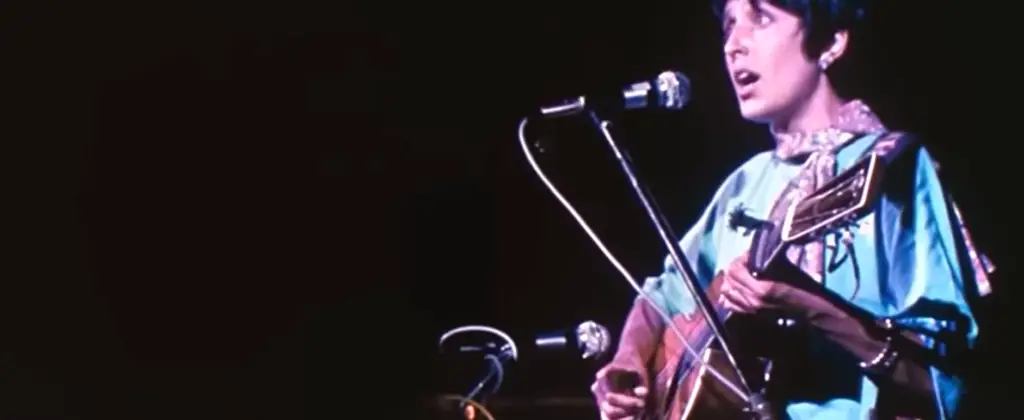
Joan Baez was not only a powerhouse folk singer but also a visible peace activist, which made her a perfect fit for Woodstock. She took to the stage late Friday night and sang a poignant set while six months pregnant, bringing a maternal presence to the anti-war, pro-love crowd. Her rendition of “We Shall Overcome” created a moving moment that captured the spirit of the festival.
3. Santana’s Legendary Guitar Solo

Santana was relatively unknown when he performed at Woodstock, but his jaw-dropping guitar work on songs like “Soul Sacrifice” catapulted him to rock stardom. Carlos Santana’s blistering solos and the intensity of his performance stunned the audience and showed how Woodstock was not only a festival of established acts but also a launchpad for artists with undeniable talent.
4. The Rainstorm and the Mudslide
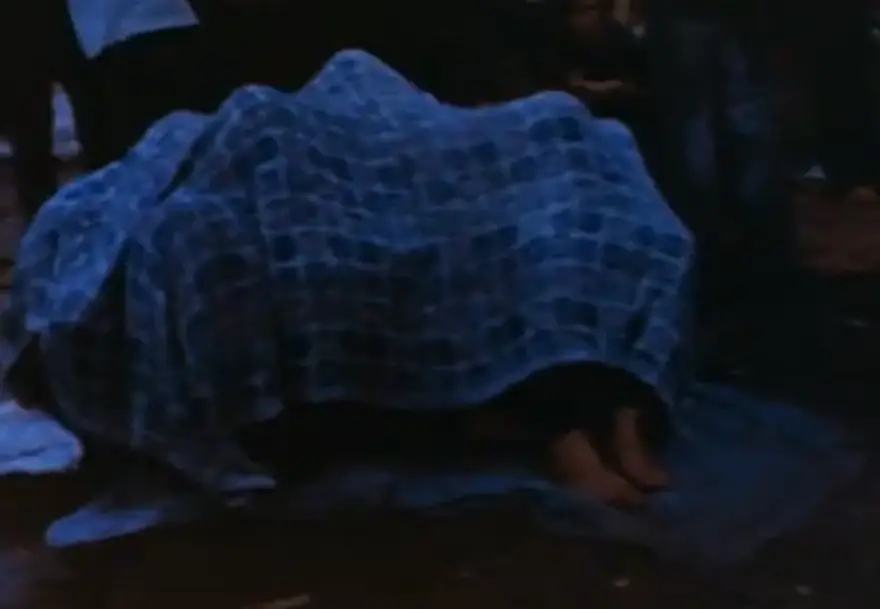
When a sudden rainstorm hit, it turned the fields of Max Yasgur’s farm into a mud pit, but it didn’t dampen the spirits of Woodstock’s attendees. Instead, festivalgoers embraced it, sliding and dancing in the mud, adding to the festival’s mythology. The rain became part of Woodstock’s story—a symbol of resilience and the laid-back attitude that would define the weekend.
5. Jimi Hendrix’s Star-Spangled Banner

One of the most iconic Woodstock moments—and rock history moments—was Jimi Hendrix’s Monday morning performance of “The Star-Spangled Banner.” Hendrix’s distorted, wailing version of the national anthem was both patriotic and rebellious, capturing the chaotic energy of the late 60s. It was an electrifying performance that symbolized the counterculture’s questioning of America’s role in the world.
6. Joe Cocker’s Passionate Cover of “With a Little Help from My Friends”
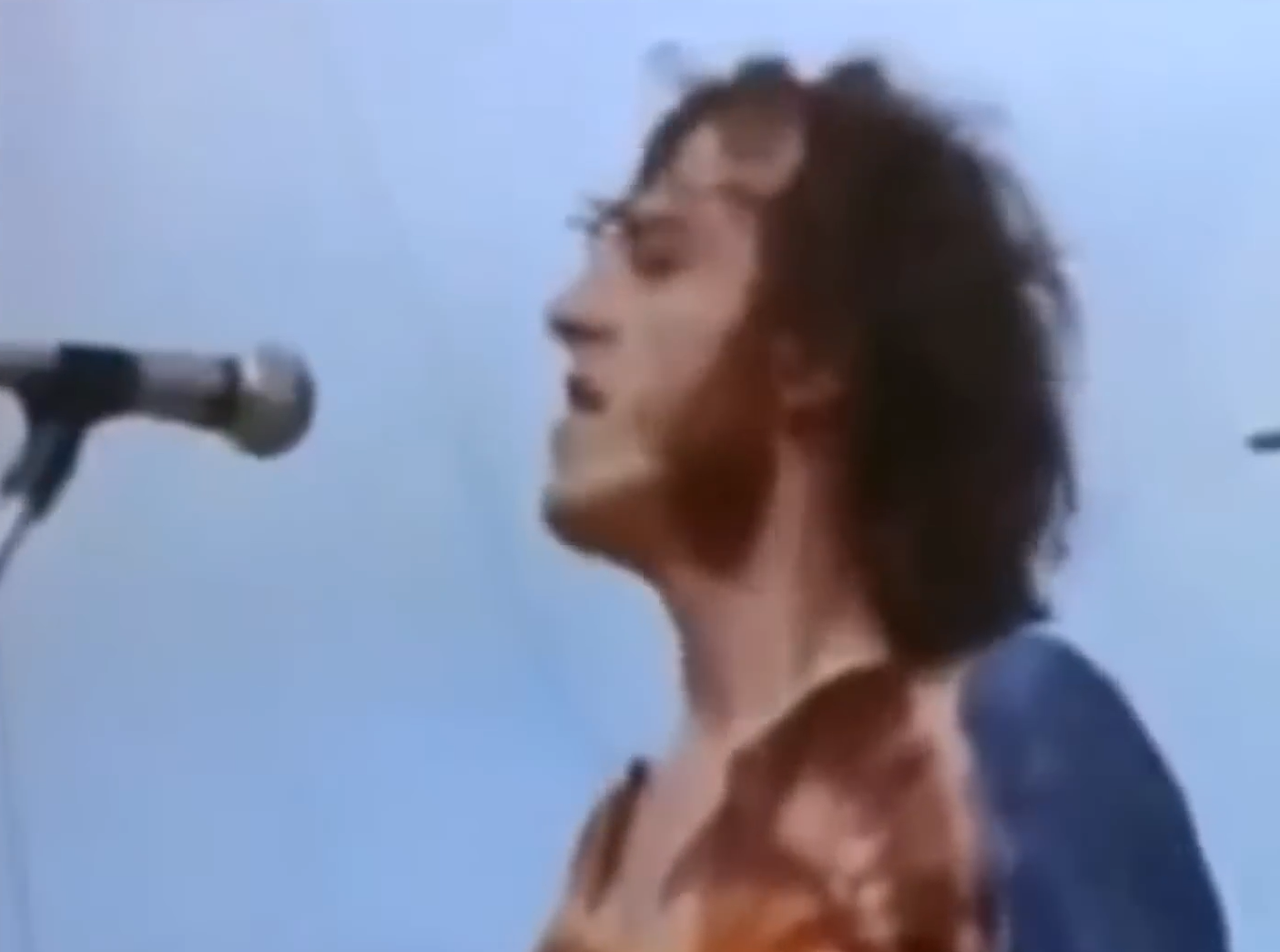
Joe Cocker’s soulful cover of The Beatles’ “With a Little Help from My Friends” was one of the weekend’s most emotional moments. With his raw voice and intense delivery, Cocker put his whole heart into the song, and his gravelly rendition resonated with the crowd. It’s a cover that not only outlived Woodstock but has become one of the festival’s enduring anthems.
7. The Epic Performance by The Who at Dawn

The Who’s set at Woodstock went on as dawn was breaking, creating an unforgettable scene for the audience. The band played hits like “My Generation” with their signature intensity, and at one point, Pete Townshend famously kicked Abbie Hoffman off the stage when he interrupted to make a political statement. It was a powerful moment that blended music, rebellion, and raw energy.
8. Sly and the Family Stone Bringing the Crowd Together

With an explosive late-night performance, Sly and the Family Stone energized the entire Woodstock audience. Their funky, powerful songs like “I Want to Take You Higher” got everyone dancing, lifting spirits with a set that felt like a celebration of unity. Sly and his band brought something truly unique, uniting the crowd through rhythm and soul.
9. Janis Joplin’s Raw, Heartfelt Performance
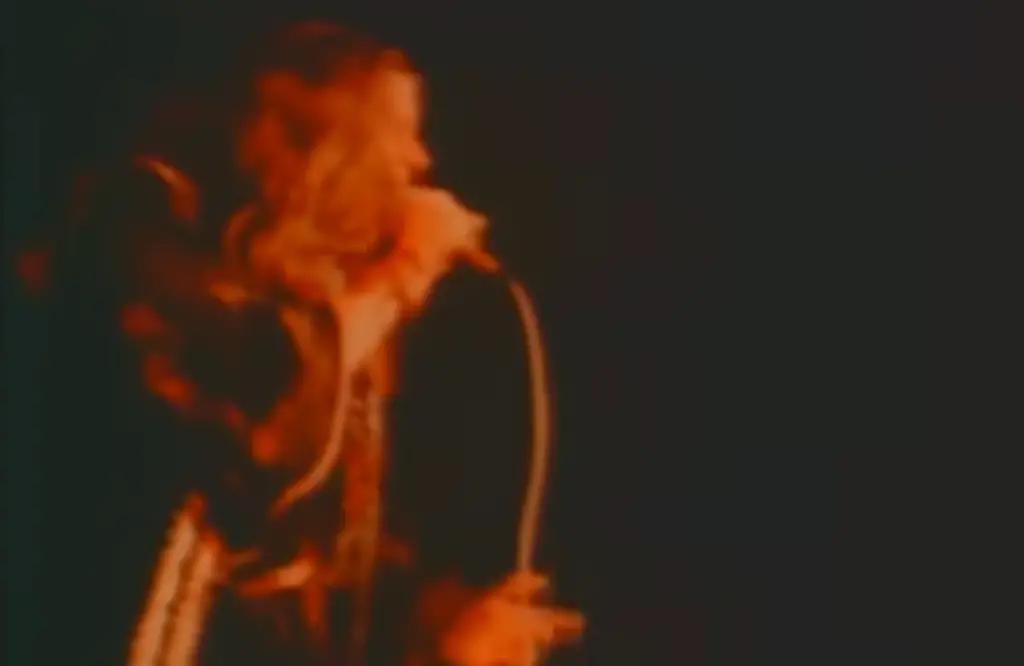
Although Janis Joplin was a major star by the time of Woodstock, her set was a bit of a chaotic performance, reflecting her rebellious spirit. She brought her unmatched stage presence, belting out hits like “Piece of My Heart” and showing the crowd what rock and blues were all about. Joplin’s passion and energy were palpable, making it a moment that would further solidify her legendary status.
10. The Grateful Dead’s Difficult Set
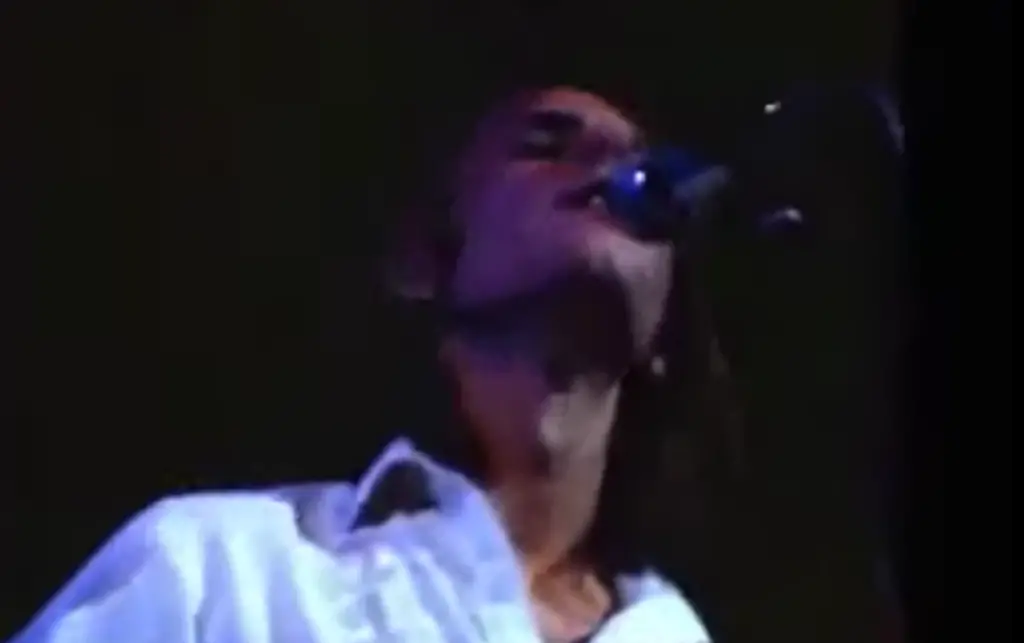
Not every performance at Woodstock was smooth sailing, and The Grateful Dead’s set was a prime example. Due to technical issues and some drug-induced haziness, the Dead struggled through their performance, but that only added to their mystique. It became part of the lore of Woodstock—that the “anything goes” atmosphere sometimes led to unforgettable, messy moments.
11. Crosby, Stills, Nash & Young’s First Public Show Together

Woodstock was the debut of Crosby, Stills, Nash & Young as a band, and it was a trial by fire. The group had only rehearsed a handful of times before their set, which they performed in front of half a million people. Despite the nerves, their harmonies rang true, and the moment marked the beginning of one of folk-rock’s most iconic groups.
12. The Unifying Message of Max Yasgur’s Speech
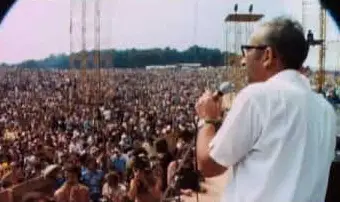
Without Max Yasgur, there would have been no Woodstock, and he became a beloved figure when he gave a heartfelt speech to the massive crowd. Thanking the young attendees for their peaceful behavior and faith in one another, Yasgur’s words were a rare moment of connection between generations, and his support helped solidify the festival’s message of peace and unity.
13. The Unplanned Medical Clinic and Sense of Community

With over 400,000 people, medical issues were bound to arise, and a makeshift clinic staffed by volunteers and doctors became essential. From treating overdoses to handling injuries, the “Woodstock Clinic” became a symbol of the festival’s communal spirit. Strangers helped strangers, and everyone pitched in to take care of one another, embodying the spirit of Woodstock.
14. The “Free Food Kitchen” and Hippie Generosity

When food vendors couldn’t keep up with the demand, volunteers stepped in to distribute food at no cost. This “free kitchen” was the epitome of the hippie ethos—sharing with those in need. Woodstock wasn’t just a music festival; it was a social experiment where kindness and sharing were as much a part of the experience as the music.
15. Peaceful Protests and Political Statements
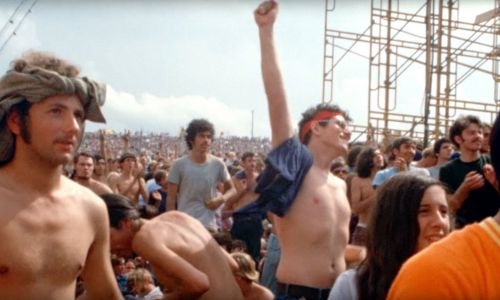
Woodstock wasn’t only about music; it was a platform for social and political activism. With the Vietnam War raging, many artists and attendees voiced their anti-war sentiments, calling for peace and equality. From on-stage statements to protest signs in the crowd, the festival became a reflection of a generation’s hope for a better, more harmonious world.
These unforgettable Woodstock moments weren’t just part of a music festival—they defined an entire generation’s ideals and aspirations. From raw, improvised performances to spontaneous acts of generosity, Woodstock’s magic lay in the unplanned, unpredictable, and deeply human connections that still inspire us today.


